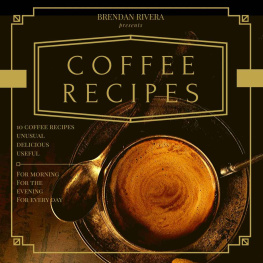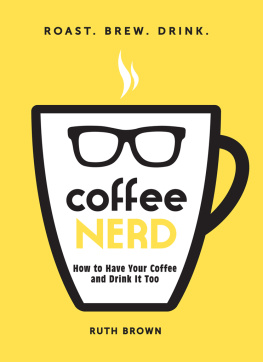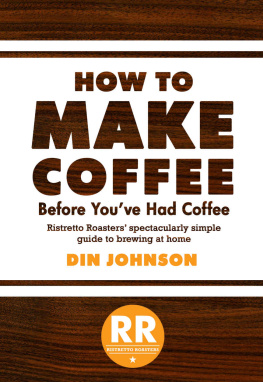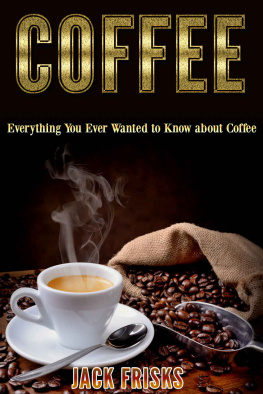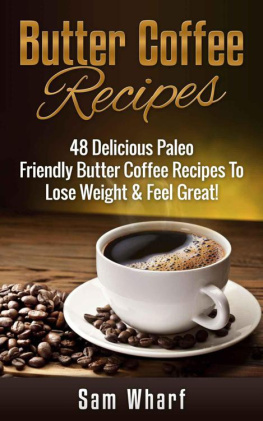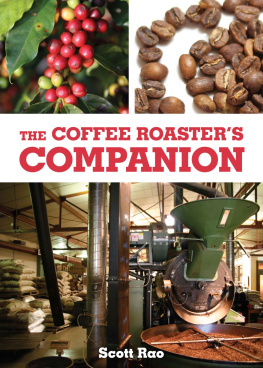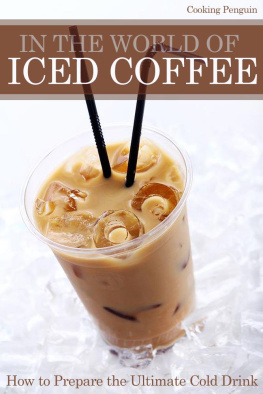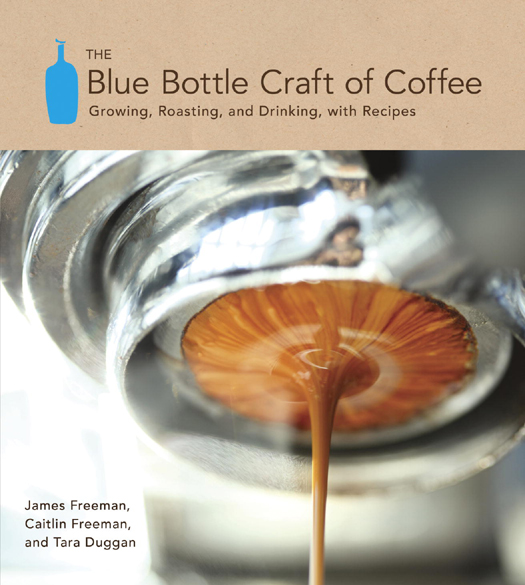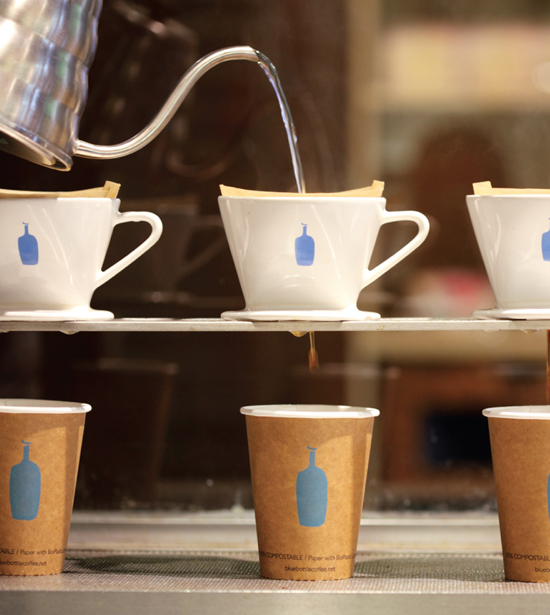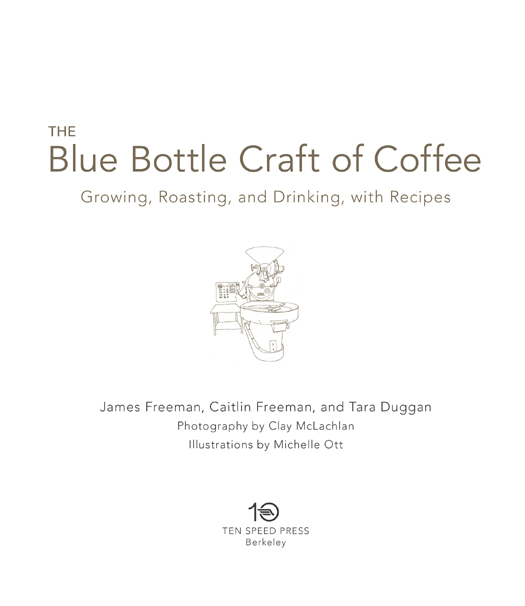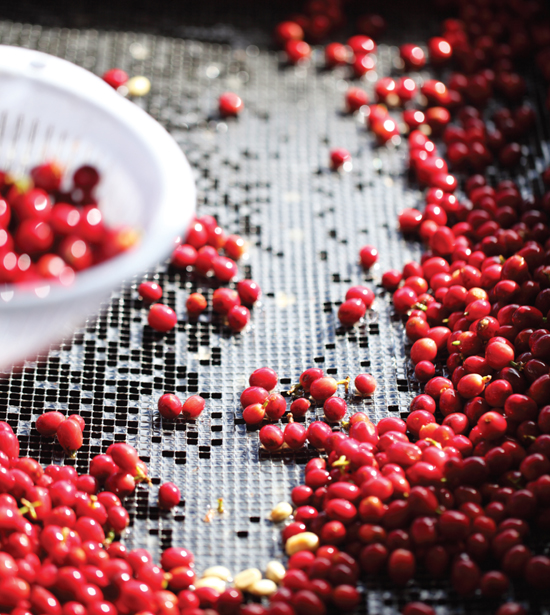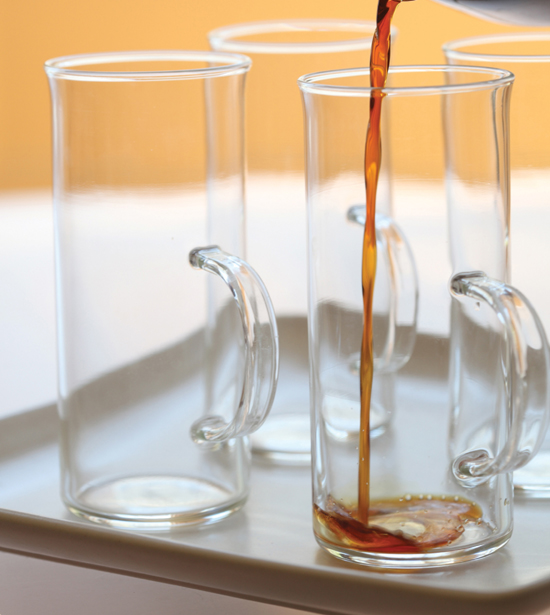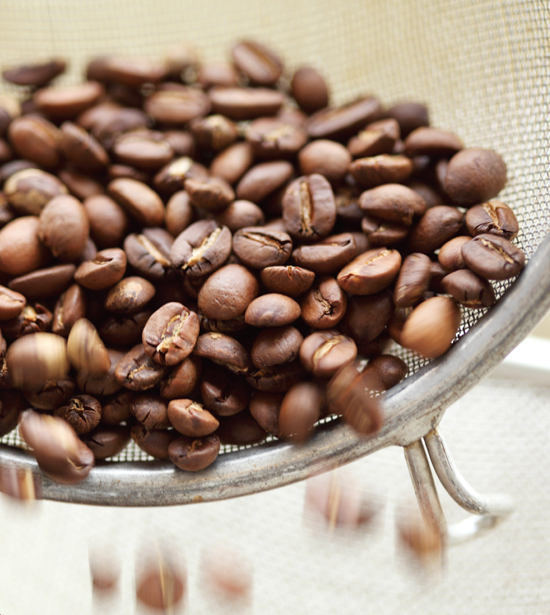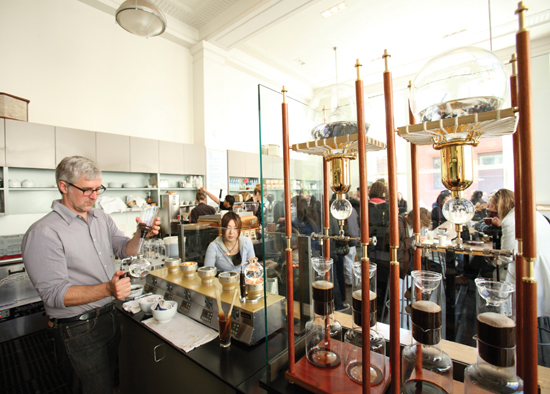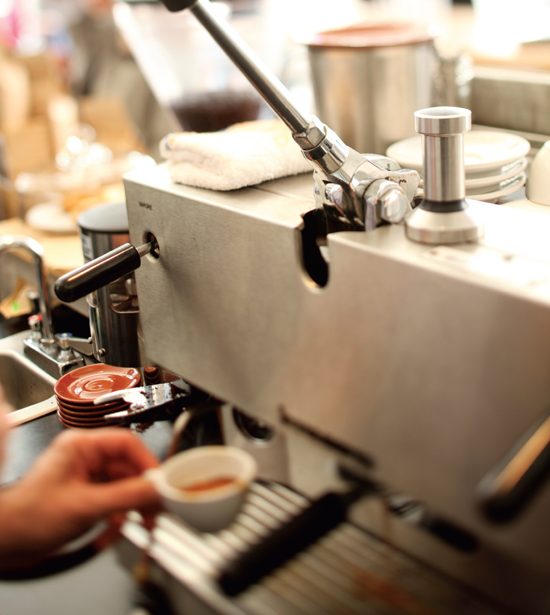Some of the recipes in this book include raw or poached eggs. When consumed raw, there is always the risk that bacteria, which is killed by proper cooking, may be present. For this reason, always buy certified salmonella-free eggs from a reliable grocer, storing them in the refrigerator until they are served. Because of the health risks associated with the consumption of bacteria that can be present in raw eggs, they should not be consumed by infants, small children, pregnant women, the elderly, or any persons who may be immunocompromised. The author and publisher expressly disclaim responsibility for any adverse effects that may result from the use or application of the recipes and information contained in this book.
Copyright 2012 by James Freeman
Photographs copyright 2012 by Clay McLachlan
All rights reserved.
Published in the United States by Ten Speed Press, an imprint of the Crown Publishing Group, a division of Random House, Inc., New York.
www.crownpublishing.com
www.tenspeed.com
Ten Speed Press and the Ten Speed Press colophon are registered trademarks of Random House, Inc.
Library of Congress Cataloging-in-Publication Data is on file with the publisher
eISBN: 978-1-60774-119-0
v3.1
CONTENTS
INTRODUCTION
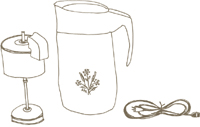
I have had opinions about coffee ever since I can remember. The seeds were planted when I was four or five and my parents let me open their green can of MJB Coffee with a can opener. I felt so adultdangerous tools and cans of coffee! I loved the moment when the can opener pierced through the metal and there was that hiss as the air rushed out of the vacuum-sealed chamber. All of the aroma came out in a whoosh, and it smelled incredible. I begged my parents for a taste, but they refused.
My parents coffee setup was seriously considered, emphatically defended, and brutally misguided. We lived in Fieldbrook, a Northern California town in rural Humboldt County, where my dad worked for the State Board of Equalization and my mom was a homemaker. They had a Corningware plug-in percolator with a light blue cornflower designa classic. My parents put in the coffee the night before and set the lamp timer that my dad bought at the hardware store so all of us would wake up to that gurgling sound. As I got older, I realized that it was the sound of coffee dying. They drank it with extra-rich milk.
I begged and begged them to let me try the coffee, and after my prolonged campaign, they finally let me take a sip. Of course, I was repulsed. I couldnt believe how terrible it tasted compared to how good it smelled. It turns out that the whoosh of coffee aroma coming from the can was the best moment that the coffee had. The maximally cheap, underdeveloped, preground coffee never had a chance of tasting good. This experience stayed with me much longer than it would have had the coffee been deliciousthe tension between smelling something great and having it taste horrible gnawed away at me over the years. I couldnt shake the feeling that there was supposed to be more to the experience of drinking coffee.
It took a few years to heal from that experience, and in some ways the bafflement never went away. But things got better when my oldest sister married and moved to Santa Cruz, where I would go and visit. Her husband was born in Italy, so, as a rebellion to my parents ways, they drank Medaglia dOro, which they prepared in a Mr. Coffee machine. My mother, of course, did not approve.
They would drink pots and pots of coffee, and they were cool and young enough to be different from my parents. Instead of talking about road conditions, sales tax, and grammatical errors, they talked about Solzhenitsyn, J. D. Salinger, and Jerry Brown. They drank coffee with half-and-half and sugar, which made the coffee itself beside the point. At their house, coffee was social. I was about twelve when I started drinking it, and it was fun to participate in this cultural exchange. I felt grown up drinking coffee and talking about the issues of the day.
But drinking coffee with my sister did not make me cool. Au contraire. As I got older, I became increasingly dedicated to playing the clarinet. To give you an idea of how nerdy I was, in the ninth grade I gave up playing Dungeons & Dragons so I could spend more time practicing my clarinet. One day in high school a group of kids pushed me up against some lockers and called me Flute Boy. I almost said, Well, actually, like I was going to correct them for accusing me of playing the wrong instrument.
When it came time to go to college, I enrolled in the University of California at Santa Cruz so I could study clarinet with renowned musician Rosario Mazzeo, who lived in Carmel, about an hour away. I was working very hard, about four or five hours a day with Rosario in Carmel, plus taking a full load of courses toward a philosophy degree, which required lots of reading and writing. I started drinking a lot of coffeea lot of bad coffee.
When I was working on a paper for a college course, I averaged about one cup of coffee per completed page of the paper. It was less for pleasure and more a pharmacological necessity, and it only escalated as I started working as a musician. If you have to play in an eight oclock opera and its a four-hour show, you need coffee.
Santa Cruz actually had a few cafs with drip coffee bars at the time, and I used a plastic cone at home. I didnt have very much money, but every once in a while I went to this store that that sold Chemex and French press pots and coffee beans from different origins. Their offerings seemed exotic and unobtainable. When I had a little money left over from a gig, I would try a few things. That was the first time I had the chance to buy coffee from specific places. Hmm, coffee from Kenya? Interesting.
After college, I went to New York to study with Kalmen Opperman, another famous clarinet teacher, and then worked as a professional clarinetist for eight years, including while I was in graduate school at the San Francisco Conservatory of Music. I became part of what is called the Freeway Philharmonic, a group of around 150 people who live in and around San Francisco and play for regional symphonies nearby, in smaller cities throughout Northern California, such as Monterey, Napa, and Modesto. Since each symphony only had a five- or six-week season, we tried to patch together a living by playing in several different orchestras.


